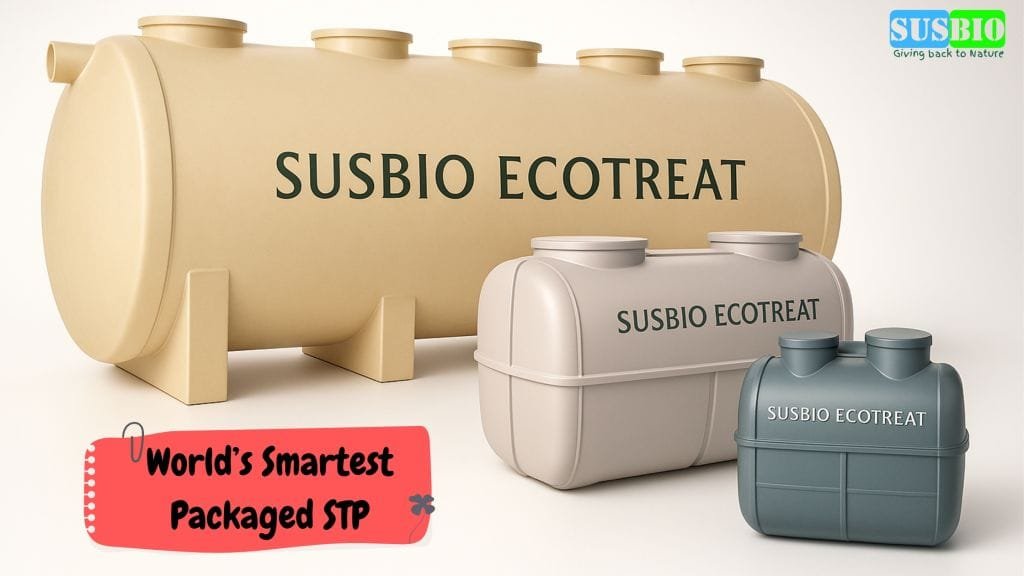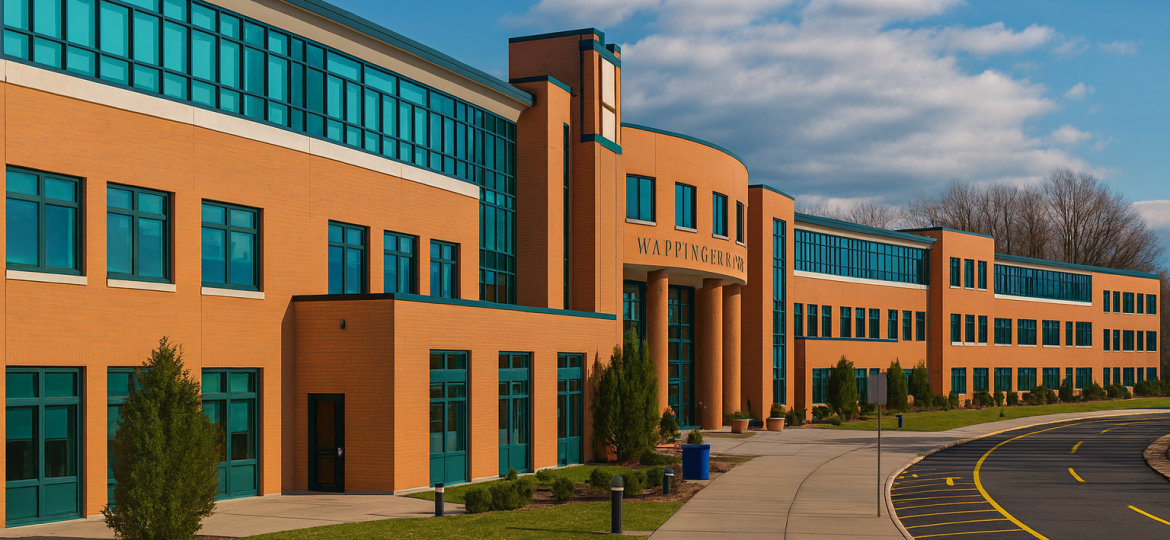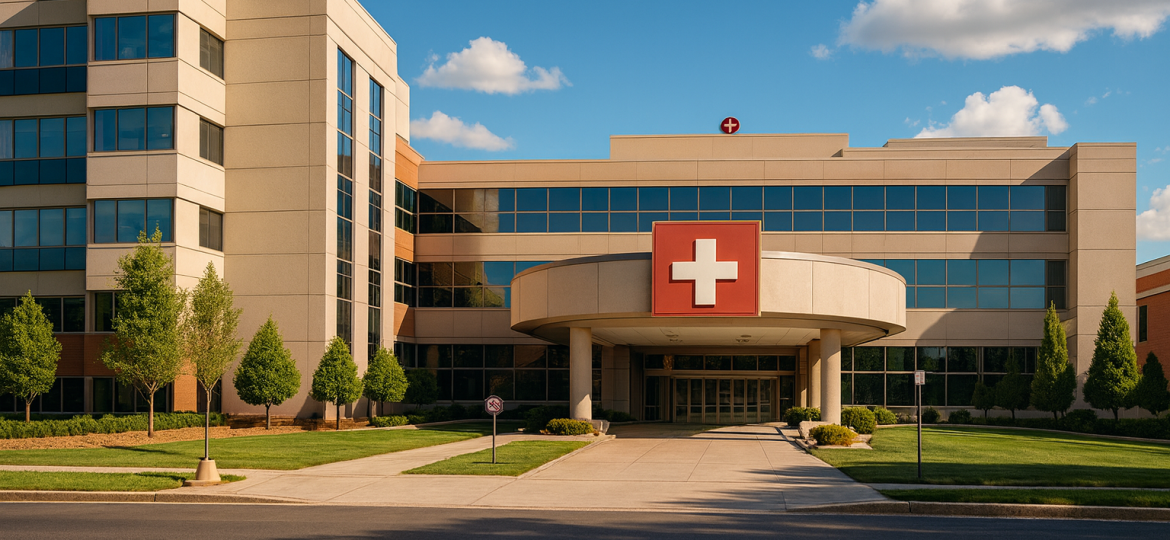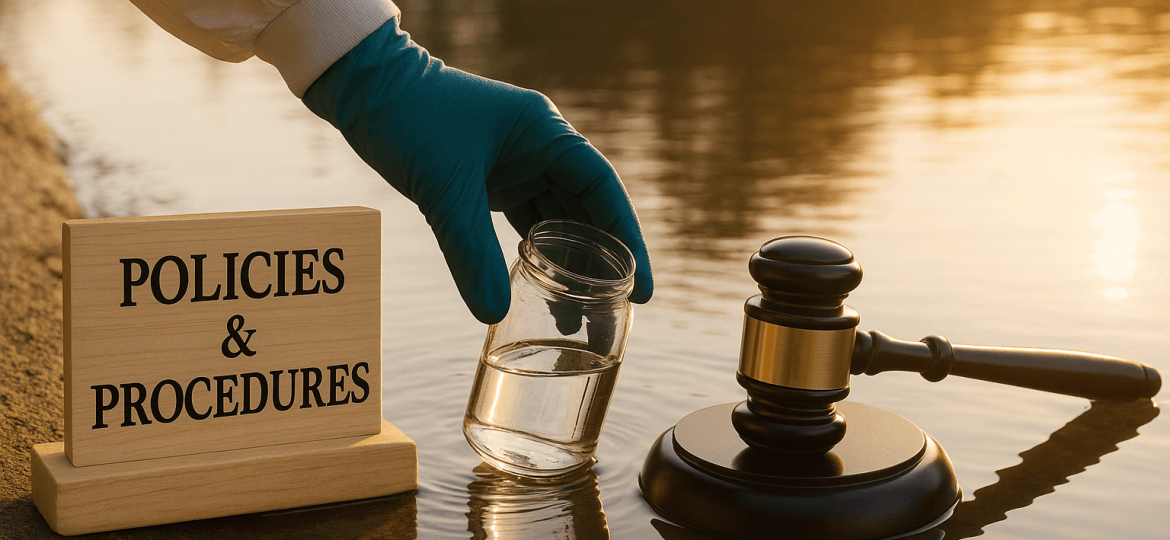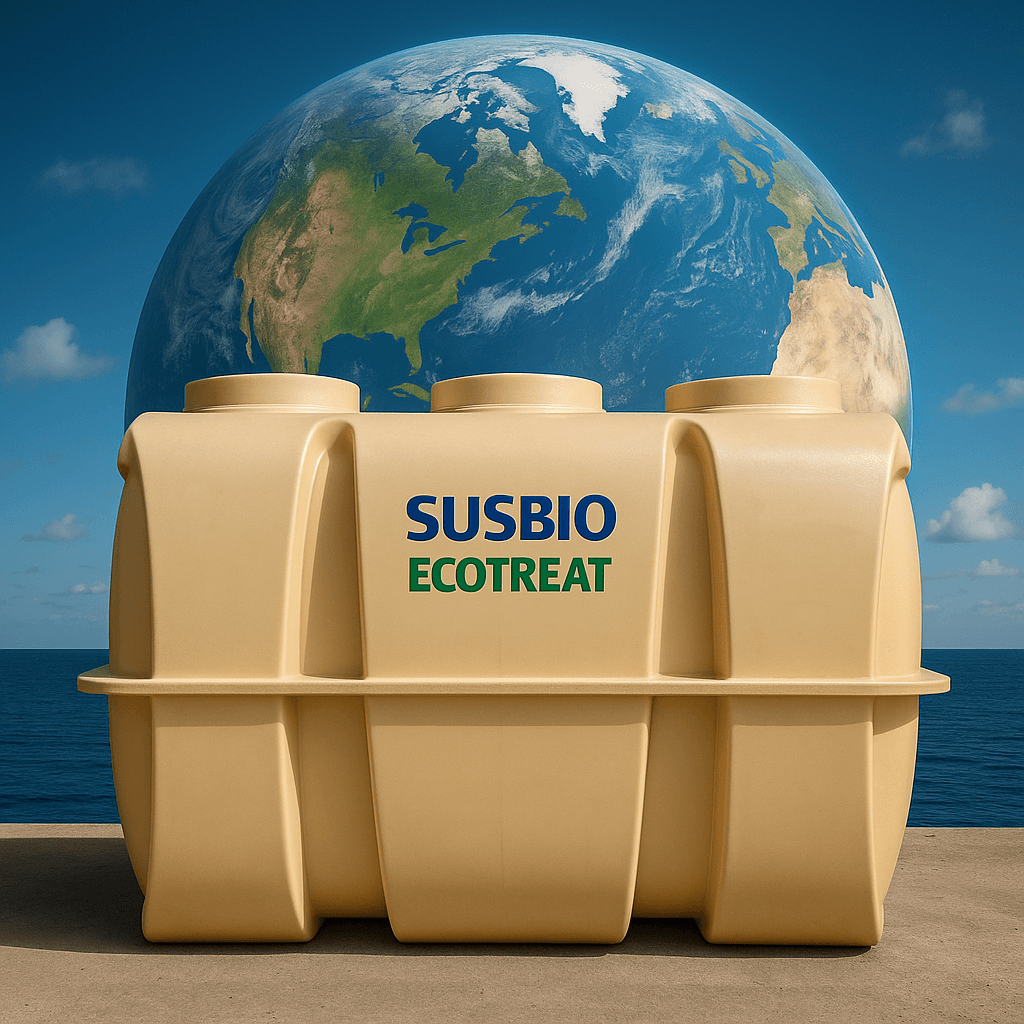Earth’s usable freshwater makes up just 0.5% of all water, and climate change is making this vital resource disappear faster than ever. The planet’s terrestrial water storage has dropped by 1 cm yearly in the last two decades. This dramatic decline threatens water security everywhere.
These changes reach far beyond what we might expect. Climate disruptions to our water resources affect society’s cultural, environmental, and economic aspects. Raw wastewater flows into our environment every day – about 80% of it goes completely untreated. This creates a chain reaction of problems: beaches shut down, fisheries collapse, and toxic algae blooms kill aquatic life. Water treatment plants face mounting pressure too. Heavy rainfall pushes these facilities to their limits. One plant’s power usage jumped from 0.36 kW/m³ to 0.51 kW/m³ during intense rain periods.
This piece dives into how climate change threatens our water treatment systems. We’ll look at innovative solutions like SUSBIO ECOTREAT, a cutting-edge wastewater treatment technology built to tackle these new challenges. The stakes couldn’t be higher – experts predict flood risks will put 1.6 billion people in danger by 2050, up from today’s 1.2 billion.
Climate-Driven Disruptions in the Water Cycle

“Climate change and global warming are making the water challenge much more complex: desertification, melting glaciers, floods and unpredictable weather.” — H.E. Mr. Cyril Ramaphosa, President of South Africa
Climate change speeds up the water cycle at a rate we’ve never seen before. Scientists discovered that the water cycle becomes 7% more intense with each degree Celsius rise in global temperature. This makes wet regions receive more rainfall while dry areas become even drier. These changes create serious challenges for water resources and infrastructure around the world. Flooding and Sea Level Rise Impact on Water Infrastructure
Floods have become the most common natural disaster since the 1970s. These events made up 44% of all disasters and caused 31% of economic losses from 1970-2019. The situation affects 709 million people who now face stronger maximum one-day rainfall. Heavy rains overwhelm our water systems and lead to sewage overflows. Chemical runoff then pollutes our freshwater sources. Sea levels rose 0.10-0.20 meters in the last century. This rise threatens coastal water treatment plants as saltwater seeps into drinking water sources. Communities must rely on emergency water supplies while officials test and repair systems after floods subside.
Droughts and Groundwater Depletion in Urban Areas
The planet faces another challenge as 700 million people experience longer dry periods than before. This creates special concerns in India, where groundwater could disappear three times faster by 2080. We used most of this water for irrigation. India’s water security hangs by a thread since groundwater provides 62% of irrigation and 85% of rural water supply. Research from Uttar Pradesh shows troubling results. Food grain production drops 8% for each meter decline in groundwater. Poverty rates jump 11% when groundwater sinks below 8 meters.
Glacier Melt and River Flow Volatility
Glaciers now lose more than 0.5 meters of water equivalent each year. The year 2023 set a record with 600 gigatons lost – the biggest drop that ever spread across five decades. Rivers first flow faster as glaciers melt but reach “peak water” before steadily declining. Scientists expect glacier runoff to decrease in all but one of these basins by 2100 compared to 1990-2010 levels. This change will affect water availability for 1.5 billion people who need mountain runoff to survive.
Hidden Vulnerabilities in Wastewater Treatment Systems
Climate change creates new challenges for wastewater treatment systems. These systems that engineers designed for stable conditions now face unpredictable operational environments that affect how well they work.
Increased Inflow and Overflow Events in WWTPs
Heavy rain affects wastewater treatment plants (WWTPs) by a lot and causes system malfunctions that contaminate the environment. Stormwater runoff enters sewer lines during rainstorms and overwhelms treatment capacity. Research shows that rainfall can increase wastewater flow by about 20%, while accidental water makes up 9.6% to 34.1% of total inflow. Treatment plants must activate bypass systems that release partially treated or untreated sewage directly into waterways. Trailblazing solutions like SUSBIO ECOTREAT provide modular, adaptable treatment approaches that handle flow variations better.
Temperature Effects on BOD and COD Removal Efficiency
Higher temperatures change the biological processes that clean wastewater. Scientists found that microorganisms that break down waste work best at specific temperatures—usually between 10°C and 45°C, with peak efficiency around 32.5°C. Lab tests show that COD removal reached 157 mg/l at 35°C, and ammonia removal peaked at 15.9 mg/l at 32.5°C. Temperature changes show statistically meaningful effects on both COD (P 0.03 < 0.05) and ammonia removal (P 0.000 < 0.05).
Energy Consumption Spike During High Rainfall Events
Heavy rainfall creates big spikes in energy use at treatment facilities. One Italian facility’s electricity use jumped from 0.36 kW/m³ to 0.51 kW/m³ as rainfall intensity increased from 0.8 mm/min to 2.9 mm/min. WWTPs use between 0.5–2.0 kWh per cubic meter of treated water, and aeration systems alone account for 50–60% of total electricity usage.
Public Health and Environmental Risks from Wastewater Pollution

“The cost of our success is the exhaustion of natural resources, leading to energy crises, climate change, pollution, and the destruction of our habitat.” — Christian de Duve, Nobel Prize-winning biochemist
Wastewater that goes untreated contains pollutants that put human health and natural ecosystems at risk. Climate change makes water resources vulnerable and creates a chain of environmental problems.
Sewage and Wastewater Pollution in Coastal Zones
Raw sewage flows into the environment without treatment at an alarming rate of 80% globally. This damages coastal ecosystems severely. The water becomes contaminated with pathogens, heavy metals, microplastics, and organic compounds. People get waterborne diseases through direct contact or by eating contaminated seafood. Tourism drops, fishing industries suffer losses, and healthcare costs rise as a result. SUSBIO ECOTREAT’s advanced treatment methods can reduce these coastal pollution effects substantially.
Contaminants of Emerging Concern: PFAS and Pharmaceuticals
Per- and polyfluoroalkyl substances (PFAS) from wastewater treatment plants now affect drinking water quality for more than 15 million Americans. Regulated PFAS make up less than 10% of extractable organofluorine in wastewater. Fluorinated pharmaceuticals account for 62-75% of the remaining amount. All but one of these approved pharmaceuticals contain at least one fluorine atom. This makes removal through standard treatment methods difficult.
Eutrophication and Algal Blooms from Nutrient Overload
Nutrient-rich wastewater causes harmful algal blooms that use up oxygen. This creates dead zones where aquatic life cannot survive. These blooms release toxins into drinking water and cause health issues like rashes, fevers, and liver damage. US authorities issued nearly 1,700 bloom-related warnings by 2021.
Impact on Carbon-Storing Ecosystems: Mangroves and Seagrass
Carbon-storing ecosystems face threats from wastewater pollution. Seagrass meadows show higher leaf nitrogen content when exposed to wastewater, which shows increased nutrient loads. Mangroves can process some pollutants, but their ability has limits. These ecosystems store carbon and protect coastal areas. Ongoing pollution puts these benefits at risk.
Innovative Solutions and Future-Ready Infrastructure

The world needs innovative solutions that can handle climate volatility to tackle the water crisis.
Nature-Based Solutions: Constructed Wetlands and Buffer Zones
Constructed wetlands naturally remove pollutants like bacteria, heavy metals, and nutrients. These systems combine vegetation, soil, and microorganisms to treat wastewater. Subsurface wetlands clean pathogens better than surface designs. Buffer zones protect waterways by trapping sediments, filtering pollutants, and making banks more stable. These protective areas stretch between 3-30 meters. The right width depends on the size and purpose of the water body.
SUSBIO ECOTREAT: Modular, Low-Energy Wastewater Treatment
SUSBIO ECOTREAT brings a breakthrough in wastewater treatment with its prefabricated, fiber-reinforced plastic design. This advanced system needs 90% less electricity than traditional methods. It uses a dual anaerobic-aerobic process that delivers superior purification. The system works like a plug-and-play solution that doesn’t need constant monitoring. It runs quietly, making it perfect for city environments.
Rainwater Harvesting and Groundwater Recharge Techniques
Rainwater harvesting systems capture precipitation from rooftops and other surfaces for later use. The methods include recharge pits for areas with permeable layers close to the surface (2-2.5 meters). Recharge trenches and wells help with deeper aquifers. These approaches reduce flooding and strain on regular water sources while replenishing groundwater levels.
Policy Recommendations for Climate-Resilient Water Systems
Climate-resilient water infrastructure needs integrated water resources management principles. Urban water bodies need legal protection, and communities should have their own watershed committees. Local water management models work well, as shown by India’s Atal Bhujal Yojana, where local associations track water extraction and plan recharge activities.
Conclusion
Climate change creates huge challenges for our water resources and treatment infrastructure. The lack of freshwater has gotten worse by a lot, as Earth’s water storage drops by 1 cm every year for the past two decades. Climate disruptions are changing the water cycle through stronger floods, longer droughts, and faster glacier melting.
These changes hurt wastewater treatment systems more than we thought. Heavy rains overload treatment facilities and cause system breakdowns that pollute the environment. On top of that, higher temperatures affect biological treatment processes, while extreme weather makes facilities use more energy. Untreated wastewater then damages public health, coastal ecosystems, and carbon-storing habitats.
We need new and flexible solutions to tackle these problems. Nature-based solutions like constructed wetlands are a great way to get sustainable treatment options, while rainwater collection helps boost groundwater levels. SUSBIO ECOTREAT stands out as a promising solution, especially when you have its dual anaerobic-aerobic process that uses 90% less power than regular methods and cleans water better.
Our water security depends on how we deal with climate change together. Detailed policies, community action, and state-of-the-art technologies like SUSBIO ECOTREAT will definitely shape our ability to protect this vital resource. Protecting our water supply during climate uncertainty isn’t just about the environment – it’s crucial for human survival and growth.
Key Takeaways
Climate change is fundamentally disrupting our water systems, creating hidden vulnerabilities in treatment infrastructure that threaten both public health and environmental stability. Understanding these impacts is crucial for developing resilient water management strategies.
- Climate change intensifies the water cycle by 7% per degree of warming, making extreme weather events more frequent and overwhelming existing water treatment infrastructure.
- Wastewater treatment plants face critical vulnerabilities from temperature fluctuations and rainfall spikes, with energy consumption jumping 42% during heavy precipitation events.
- Over 80% of global wastewater enters the environment untreated, releasing dangerous contaminants like PFAS and pharmaceuticals that threaten coastal ecosystems and drinking water supplies.
- Innovative solutions like SUSBIO ECOTREAT use 90% less electricity than conventional methods while providing superior treatment through dual anaerobic-aerobic processes.
- Nature-based solutions including constructed wetlands and rainwater harvesting offer sustainable alternatives that can adapt to climate variability while protecting water resources.
The convergence of climate change and water scarcity demands immediate action. With only 0.5% of Earth’s water being usable freshwater and terrestrial water storage declining rapidly, implementing climate-resilient infrastructure and advanced treatment technologies has become essential for securing our water future.
Conclusion
Q1. How does climate change impact water resources?
Climate change intensifies the water cycle, making wet areas wetter and dry areas drier. It causes more frequent extreme weather events, accelerates glacier melt, and leads to sea-level rise. These changes affect water availability, quality, and infrastructure, threatening both freshwater supplies and coastal water systems.
Q2. What are the hidden vulnerabilities in wastewater treatment systems due to climate change?
Climate change exposes wastewater treatment plants to increased inflow during heavy rainfall, reduced efficiency due to temperature fluctuations, and higher energy consumption. These factors can lead to system overflows, reduced treatment quality, and increased operational costs.
Q3. How does untreated wastewater affect public health and the environment?
Untreated wastewater introduces pathogens, heavy metals, and emerging contaminants like PFAS into water bodies. This pollution can cause waterborne diseases, harm coastal ecosystems, trigger harmful algal blooms, and damage carbon-storing habitats like mangroves and seagrass meadows.
Q4. What innovative solutions are being developed to address climate-related water challenges?
Innovative solutions include nature-based approaches like constructed wetlands, advanced technologies such as SUSBIO ECOTREAT for low-energy wastewater treatment, rainwater harvesting systems, and groundwater recharge techniques. These solutions aim to create more resilient and sustainable water management systems.
Q5. How can communities and policymakers prepare for climate change impacts on water resources?
Communities and policymakers can prepare by implementing integrated water resources management, protecting urban water bodies, establishing community watershed committees, and adopting decentralized groundwater management models. Additionally, investing in climate-resilient infrastructure and advanced treatment technologies is crucial for securing future water resources.


